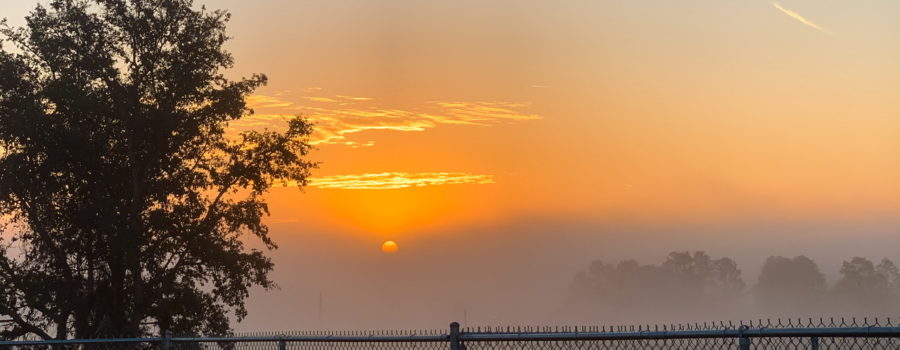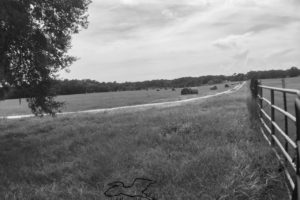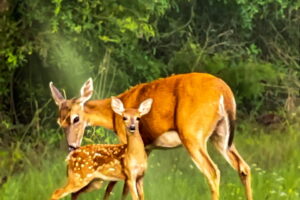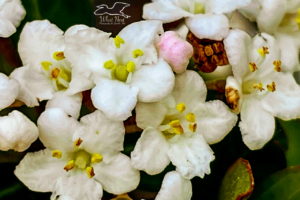How to Take Great Nature Photos: Use Frames

One of the most striking and simple ways to improve your photos is to use framing. So what is that? Framing in photography (or other arts) is defined as drawing focus to your subject by blocking out other parts of the image with something else in the scene. We generally think of frames as being four sided, but for these purposes don’t let yourself be restricted by that. Frames in art can be round, rectangular, triangular, or uneven. They may surround the entire subject or they may go around only one, two or three sides. Frames are usually in the foreground, but they don’t always have to be. They may be used in the background as well.

Besides attracting the eye of the viewer to the subject, frames can also serve several other functions. First and foremost, frames help to add a sense of depth to your work. By framing your subject in either the foreground or the background you help to make your two dimensional images have a more three dimensional feel. This helps to make the image have a more realistic feeling to the viewer and it helps the viewer see what you, as the photographer saw. Since we live in a three dimensional world, the better we can help the viewer see that in our photos, the better our photos will be.

Used properly, frames also help to add to the story your images tell. For example, if you frame your subject through a tangle of branches or a bunch of leaves, we are helping to tell our viewers that our subject is outdoors in the woods (versus being at the beach, on a prairie, up in the sky, etc.). In this case, the frame is not only emphasizing the subject and adding depth to the photograph, but it is also helping set the context of the image. Again, this helps viewers see the scene as the photographer does.

Frames can also be used to add a sense of mystery to our work. Think about an image of a frog, peeking out from behind a leaf. In such an image, our frame is only one sided (I.e. the leaf), but it still draws the attention to the face of the frog. It also provides a feeling of depth, by showing us that the frog is behind the leaf, and it adds to our story by telling us that the frog is outside in the woods and that perhaps he is a bit shy. But it also adds a feeling of mystery in that we wonder what is the rest of his body doing behind the leaf. Is he curled up, tense, and ready to jump away at any moment? Or is he comfortable and relaxed and just as curious about us as we are about him? It leaves our audience able to use their imaginations and leaves them wanting more.

Next time your out shooting photos, try to keep the idea of using frames in your mind. Remember that your frame doesn’t necessarily have to be a “traditional frame”, so get creative. Try using frames in the foreground. Try using frames in the background. Also think about looking for the use of frames in the work of others. Before too long, you’ll be seeing frames everywhere! Like all the other aspects of creativity, practice makes perfect and you have to decide what you like and what you don’t. And like so many of the elements of composition, the way that you use framing in your work helps you to develop your brand and helps you make your work stand out!





Recent Comments